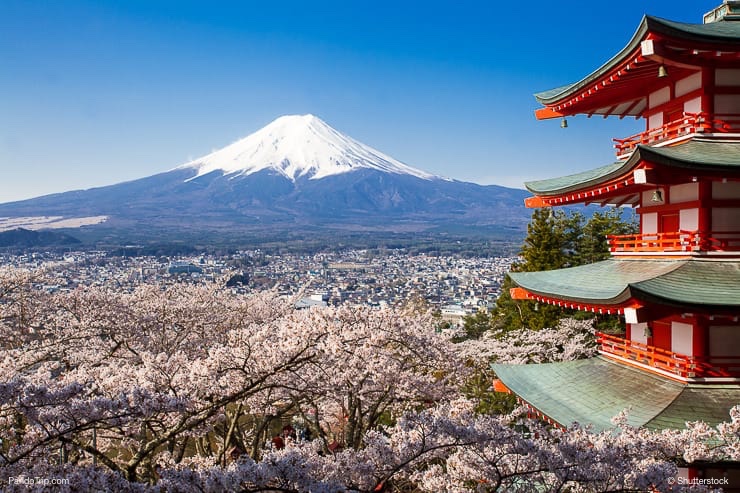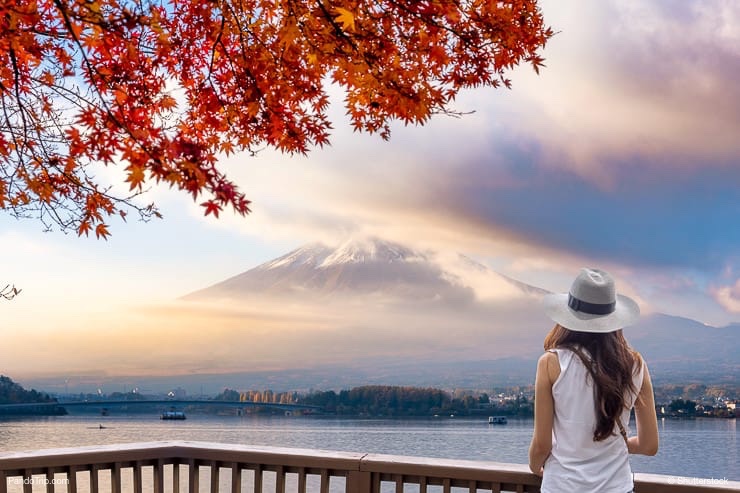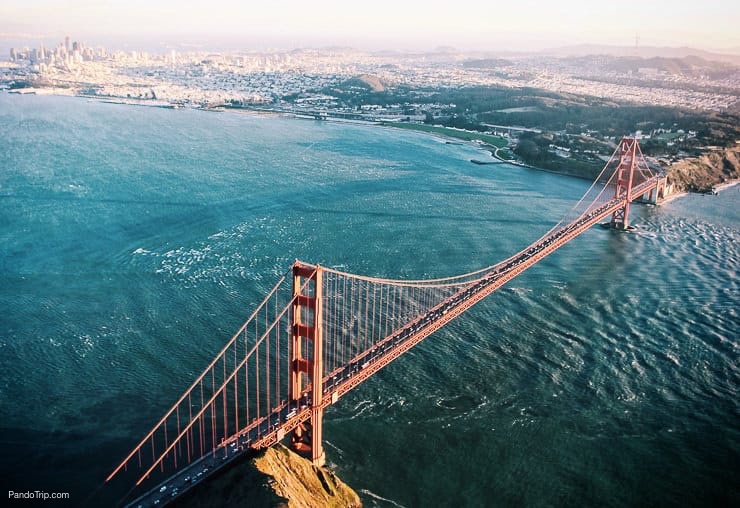10 Most Famous Places in the World
Are you thinking of making a list of places to visit in the next few years? If you have, there's no way you should waste time scheduling to see some of the world's most famous sights. Believe it. They are not famous for anything.
While their names will undoubtedly be familiar, it won't be until you actually stand in front of one of them that you'll be able to truly appreciate their jaw-dropping majesty. The amazing, memorable glory of these world-renowned figures
10. Christ The Redeemer, Rio de Janeiro, Brazil
Even if you’re not religious, you need to see the statue of Christ The Redeemer in Rio de Janeiro, Brazil. The immense structure is an incredible combination of artistic creativity and ingenious engineering. From on top of Mount Corcovado, the staggering 38-meter tall statue looms over the city below, arms outstretched in benediction. But it’s not until you get up close, you’ll realize just how big the statue is and you’ll start to wonder how they ever got it up there in the first place. It is that colossal.
Reaching Those Dizzy Heights. Don’t let the altitude of the statue put you off going to see it either. Although you can hike your way up, which will make you feel like a true explorer, there’s also a tram which winds its way up Mount Corcovado through the forest and is far less strenuous on your legs. At the end of the tram line, you’ll find a minibus waiting to take you on the final, vertigo-inspiring, leg of the journey.
When to go: The best time to go has to be when Rio de Janeiro’s amazing carnival is in full swing. Yes, it’s going to be busy. In fact, the streets will be packed, teeming with party-goers, loud music, and incredible parades. It is the world’s biggest party and the electric atmosphere is one experience you really can’t afford to miss. Never mind the tram or hiking up to the statue, once you’ve caught the rhythm of the music, you’ll be samba dancing up the mountain
.
9. Mount Fuji, Honshu Island, Japan
If you want to return from a vacation, have something absolutely unbelievable to boast about, and have the photos to prove it, then you need to go to Japan. It’s not often you get the chance to say you’ve climbed a country’s highest mountain and telling your friends you reached the summit of Mount Fuji in Japan will leave them open-mouthed with disbelief. The good news is, although you do need to be fit, you don’t need to be a mountaineer to achieve it.
Get A Volcanic Chill. While Japan’s Mount Fuji may be a live volcano, don’t be mistaken in thinking it’ll be warm at the top. It’s not. At just under four thousand meters above sea level, the air can be pretty chilly so you won’t be climbing it in shorts and a t-shirt even in the summer months when the peak is bare of snow. All transportation stops at Station 5, no matter which of the four routes up you take, and you’ll be on foot from there to the top. Don’t think any routes are easier than the others, they’ll all put your stamina and willpower to the test. But if three hundred thousand people a year can do it, so can you.
8. Golden Gate Bridge, San Francisco, USA
If strolling over a suspension bridge has never been on your list of things to do, maybe it’s time it was. Take a step onto the Golden Gate Bridge in San Francisco and you’ll suddenly understand just how Gulliver felt when he woke up in the land of the giants. The sheer magnitude of the metal structure, seemingly floating above the waters of the Golden Gate strait, is difficult to fully comprehend until you’re actually standing on it.
Feel the Suspense. Crossing the Golden Gate Bridge on foot is no stroll in the park. At just under three kilometres long, it doesn’t sound too strenuous an activity, but add the extra dimension of being almost three hundred metres up in the air and it starts to get interesting. Wind will whip at your hair and any conversation you might be thinking of having will be drowned out by traffic noise. But when you take in the views of San Francisco, from the middle of one of the world’s most iconic constructions, you’ll be really glad you did it.
7. Sydney Opera House, Sydney, Australia
Do you like your architecture with an alien edge to it? If the answer is yes, then getting your photo taken in front of Sydney Opera House has to be a must do on your list. Perched on the edge of Sydney Harbour, on the outside, the Opera House appears like a giant spaceship folding back its protective shields. On the inside it’s a multicultural combination of venues where, apart from listening to other-worldly operatic music, you can take in some seriously top-notch theatrical performances and live concerts.
When to go: There really is only two times of the year to visit the Sydney Opera House. The first, from the end of May to mid-June when the whole of Sydney, including the Opera House, is lit up brighter than the proverbial Christmas tree with stunning three dimensional laser lighting during the Vivid Sydney event. The second and absolutely unmissable time is New Year’s Eve when the Opera House becomes the backdrop for one of the world’s biggest fireworks displays. If you like to bring in the new year with a big bang, there really isn’t any other place you should consider doing it than in Sydney.
6. The Pyramids of Giza and The Sphinx, Egypt
If you’ve ever dreamt of becoming an archaeological treasure hunter, riding a camel through the desert and uncovering ancients artefacts, get your bags packed, grab a trowel and jump on a plane that’s heading to Egypt. The Pyramids of Giza and the Sphinx await you.
Be Blown Away. You don’t need to be a lover of either mythology or big cats to appreciate the enormity of the Pyramids of Giza and the Sphinx in Egypt. There is something completely timeless about these two famous Egyptian landmarks that defies explanation. Wrap the flapping lengths of a keffiyeh headdress around your face to stop the sting of the sand and as you stand next to the pyramids to ponder on the ingenuity of ancient civilisations, you’ll be blown away by more than desert winds when you realise every step up is actually taller than you are.

.jpg)











Comments
Post a Comment